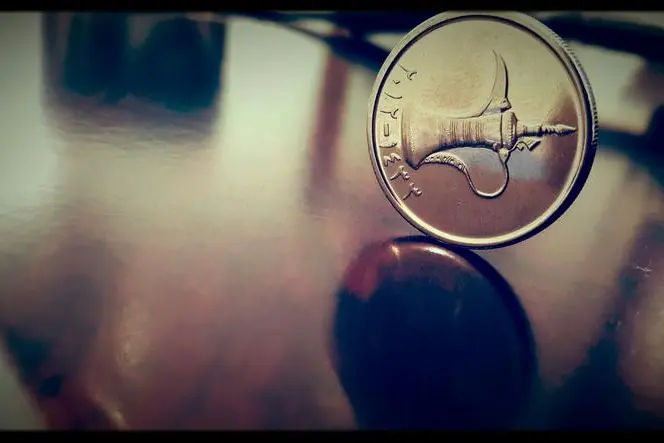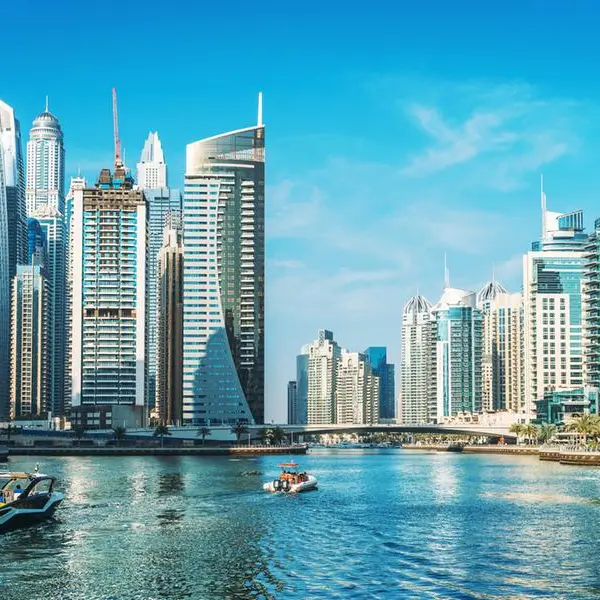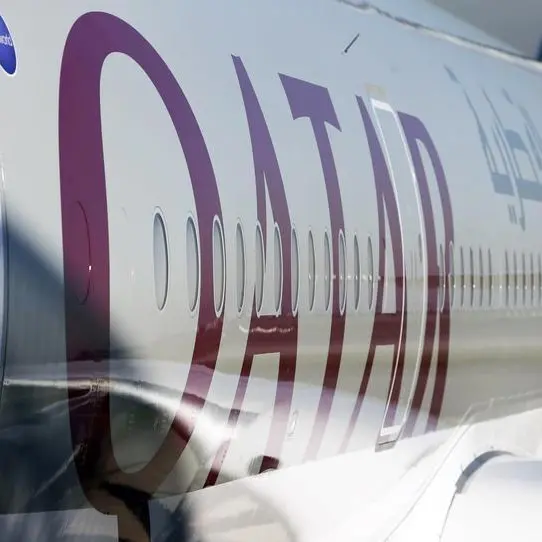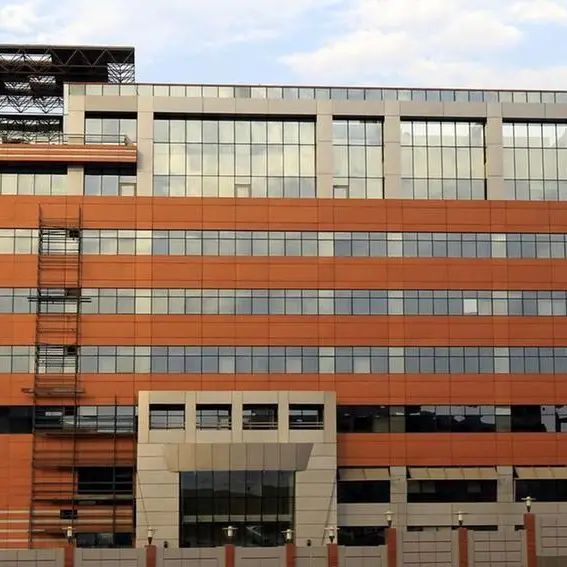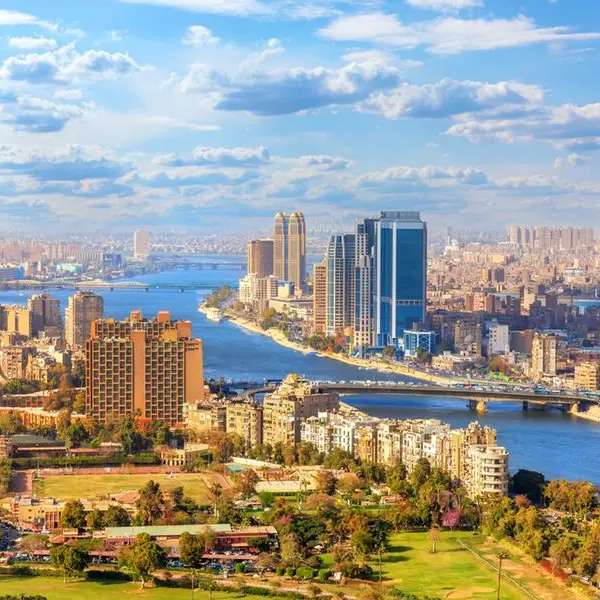PHOTO
As two of the top UAE banks posted declines in net profits for the whole of 2020 and a third swung to net loss, the prognosis for the banking sector remains gloomy until at least the end of the year.
While the vaccine roll out and Expo 2020 Dubai could stimulate economic activity from the middle of the year, the lifting of forbearance measures by the UAE Central Bank could reveal the true state of banking sector’s asset quality.
“The results that we have seen come out are roughly in line with what we expected; i.e., that there would be continued asset quality and profitability pressures, while liquidity should remain strong, and capital buffers should remain adequate for the risks,” Redmond Ramsdale of Fitch Ratings told Zawya.
First Abu Dhabi Bank, UAE's biggest lender, on Tuesday posted a 16 percent drop in 2020 net profit to 10.6 billion dirhams. Emirates NBD saw its FY 2020 net profit fall 52 percent to 7 billion dirhams, compared with the year-earlier period. Emirates Islamic Bank made a net loss of AED 482 million, compared to the 1.06 billion dirhams net profit for 2019.
The major headwinds for the lenders were the low interest rates and the coronavirus pandemic-led economic slowdown causing the number of bad loans to mount.
“We expected impaired loans ratios to deteriorate at end-2020 and we expect to see further deterioration by end-2021 as payment holidays role off and the true asset quality becomes clearer,” said Ramsdale.
Puneet Tuli, analyst, Financial Institutions Ratings at S&P Global Ratings holds a similar view. Looking ahead to 2021, Tuli said, “We expect to see further drop in profitability, or at best at par with 2020 because of additional provisional requirements in 2021 once the forbearance measures are lifted and banks start recognizing full extent of their asset quality problems.
“In addition, we might observe variances in the extent and timeliness of government support for corporates between Dubai vs. Abu Dhabi, and this could influence banks, depending on the geographical distribution of their exposures,” he added.
All three banks listed higher impairment provisions as a factor that weighed on profitability.
“Profitability metrics have been pressured by low interest rates, low business volumes and higher impairment charges – again this was as expected – and this will remain for the foreseeable future,” Ramsdale added.
For FAB, net impairment charges were up 42 percent in FY 2020 and cost of risk at 63 basis points. For Emirates NBD, allowances jumped 65 percent to 8 billion dirhams from the previous year, while Emirates Islamic Bank saw them rise to 1.48 billion dirhams from 482 million dirhams in the prior period.
“FAB has been relatively resilient with profits dropping by 16 percent y-o-y, which is lower than what we expect for the overall banking system. This is explained by the quality of FAB portfolio, with one-third of loan book exposed to Abu Dhabi government and GREs, but also by recoveries on old NPLs (non-performing loans),” Tuli told Zawya.
According to the lender, 33 percent of their loan portfolio is made of lending to the government and GREs, while about 6 percent of corporate exposures have the government as a significant shareholder.
Emirates NBD and Emirates Islamic Bank are more exposed to Dubai economy, which was severely hit by the pandemic, said Tuli. “Risks for banks asset quality and profitability have clearly increased although the regulatory forbearance measures and the support of the Central Bank of the UAE have helped and are pushing forward the recognition of asset quality problems,” he added.
According to Ramsdale: “We expected Emirates Islamic’s results to look relatively weak considering its higher exposure to NMC. Single obligor concentration and concentration risk in general remains one of the main risks to banks in the Gulf.”
James Swanston of the consultancy, Capital Economics, said in a report: “While neither bank (FAB nor Emirates NBD) provided expectations for NPLs going forward, the effects of the COVID-19 crisis mean that bad loans will probably rise further. Banks are likely to respond by tightening credit conditions, keeping lending growth subdued. This will act as a headwind to what will otherwise be a strong recovery over 2021-22, particularly in Dubai.”
For these banks, low interest rate fed too through the loan books putting pressure on the asset yields. For FAB, net interest income fell 4 percent to 12.25 billion dirhams as net interest margin (NIM) at 1.82 percent fell 27 bps year-on-year.
For Emirates NBD, net interest income fell 13 percent (excluding DenizBank) and NIM of 2.65 percent declined 24 bps y-o-y.
The slower business climate also impacted non-funded incomes negatively. For Emirates NBD non-funded income declined 19 percent y-o-y (excluding DenizBank) on lower fee income due to the impact of the pandemic.
For Emirates Islamic Bank there was a 23 percent drop in net fee and commission income to 372 million dirhams.
(Reporting by Brinda Darasha; editing by Seban Scaria)
brinda.darasha@refinitiv.com
Disclaimer: This article is provided for informational purposes only. The content does not provide tax, legal or investment advice or opinion regarding the suitability, value or profitability of any particular security, portfolio or investment strategy. Read our full disclaimer policy here.
© ZAWYA 2021
